What Exactly is the Fashion Industry Charter for Climate Action?
[ Story ]
Article
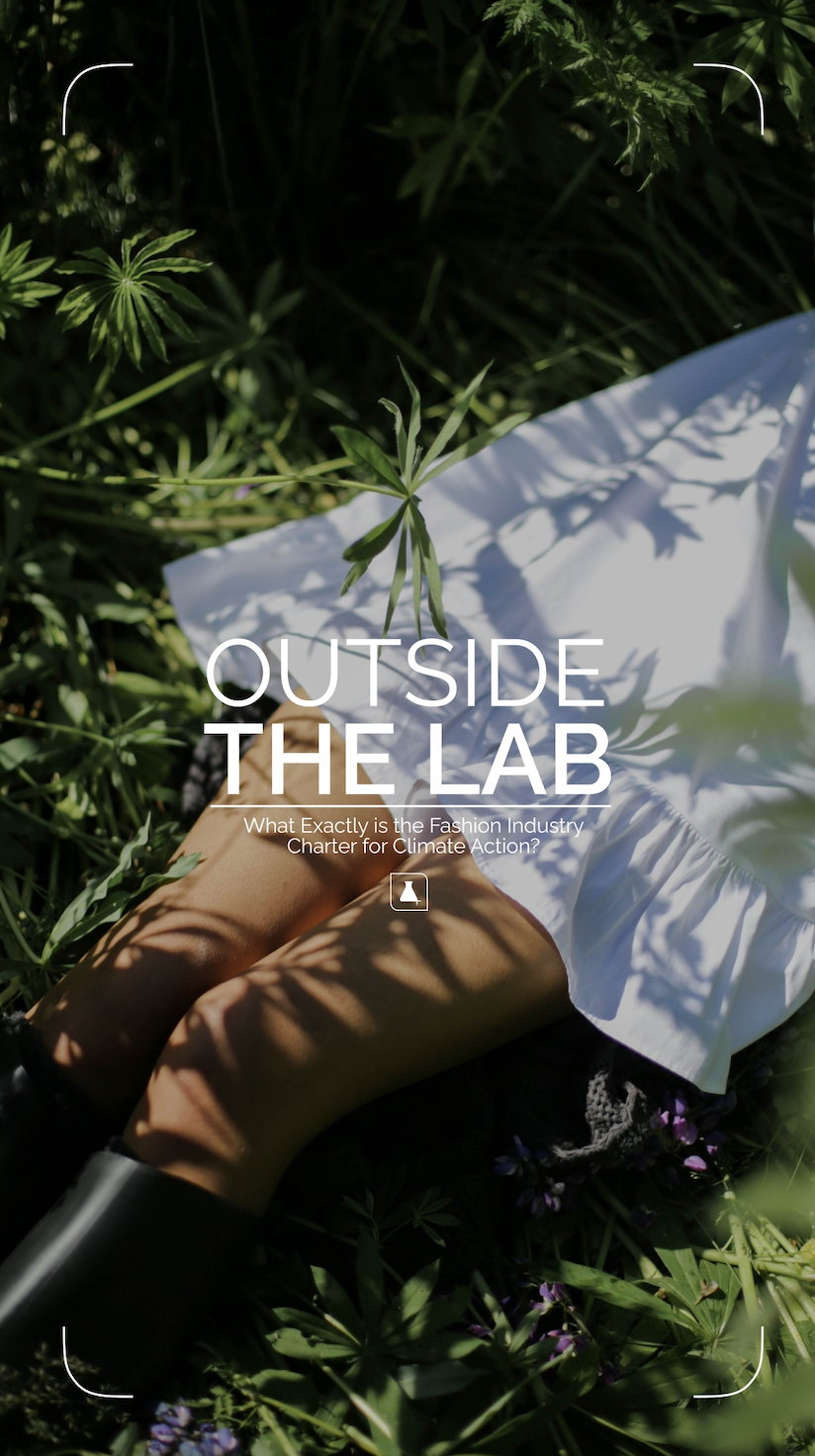
Collective action has always been our path forward as a species. Today, we are facing perhaps our greatest existential threat — climate change, and its rapid increase of planetary temperature beyond what might be comfortably habitable for us and many other life forms on earth. As we have charted on Outside The LAB for some time now; the fashion industry’s sprawling global supply chain and intense resource demands remains one of the biggest hindrances to us solving this crisis. With an environmental impact that is pervasive, from the water used in textile production to the greenhouse gas emissions released in manufacturing and transportation; fashion must take action and adopt new ways of existing.
In 2018, the United Nations launched the Fashion Industry Charter for Climate Action (FICCA), a comprehensive initiative designed to transform the industry and align it with global climate goals. This charter serves as a collaborative framework, encouraging companies across the fashion supply chain to work together toward a sustainable future. As climate awareness grew, so did the realisation that fashion’s impact was too large to ignore — with the impetus needing to be on governments and organisations as major players in influencing corporate behaviour and policies. The charter itself aims to guide the industry towards compliance with the Paris Agreement—a landmark global pact that seeks to limit global warming to 1.5 degrees Celsius compared to pre-industrial levels.
In 2018, the United Nations launched the Fashion Industry Charter for Climate Action (FICCA), a comprehensive initiative designed to transform the industry and align it with global climate goals. This charter serves as a collaborative framework, encouraging companies across the fashion supply chain to work together toward a sustainable future. As climate awareness grew, so did the realisation that fashion’s impact was too large to ignore — with the impetus needing to be on governments and organisations as major players in influencing corporate behaviour and policies. The charter itself aims to guide the industry towards compliance with the Paris Agreement—a landmark global pact that seeks to limit global warming to 1.5 degrees Celsius compared to pre-industrial levels.
The primary goals of FICCA are to reduce greenhouse gas emissions across the industry by 30% by 2030 and ultimately achieve net-zero emissions by 2050. These goals require emission cuts and significant shifts in how fashion companies approach production, sourcing, and waste management. The charter also calls for the industry to adopt circular economy practices and promote sustainability at every step of the supply chain.
The fashion industry’s reliance on energy-intensive processes, synthetic materials, and global distribution networks contributes significantly to carbon emissions. Beyond emissions, the charter recognizes the importance of adopting circular practices to reduce waste. FICCA encourages brands to transition away from the traditional linear model of ‘take, make, dispose,’ and advocating instead for a system that reuses resources through recycling, sustainable sourcing, and waste minimisation – an approach we discussed in our story about circular fashion.
Theoretically, these goals are fantastic in principle – but how does the FICCA propose that these goals are actually achieved?
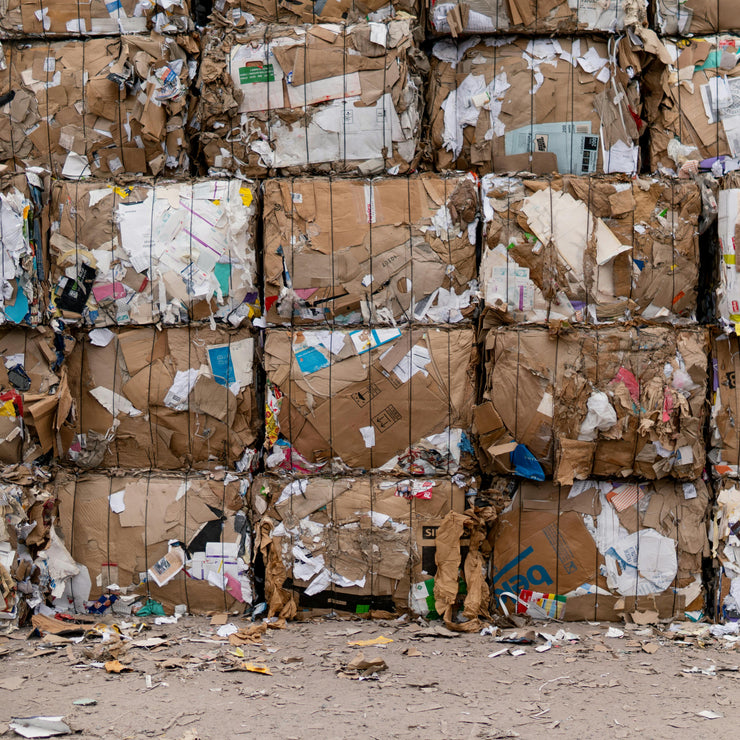

Think of the charter like a playbook or a roadmap – a vision laid out for the fashion sector, to transform the industry entirely. Through its vision rooted in strategic actions, companies are invited to commit to the various recommendations as laid out in its information book which include; agreeing to and actioning the need for collaboration across the entire supply chain to effectively tackle climate change, with companies and brands recognising that no single entity can address the issue alone.
By working together, manufacturers, suppliers, and retailers are asked to adopt uniform standards for reducing emissions and waste, which in turn could create a ripple effect throughout the industry. A key focus for the charter is the investment in renewable energy sources like solar and wind to power production facilities, as a significant portion of fashion’s carbon footprint comes from energy use in manufacturing.
By working together, manufacturers, suppliers, and retailers are asked to adopt uniform standards for reducing emissions and waste, which in turn could create a ripple effect throughout the industry. A key focus for the charter is the investment in renewable energy sources like solar and wind to power production facilities, as a significant portion of fashion’s carbon footprint comes from energy use in manufacturing.
The FICCA also promotes the use of sustainable and recyclable materials and strongly encourages companies to explore alternatives such as organic cotton, recycled polyester, and biodegradable fabrics. Ecologically conscious design is prioritised and an emphasis is placed on reducing environmental impact at the design stage through minimal waste cutting techniques and modular designs that facilitate easier repair and recycling. Finally, FICCA advocates for improved waste management and recycling practices, urging the industry to partner with recycling firms and create more robust end-of-life options for garments, ultimately aiming to reduce the industry's waste footprint.


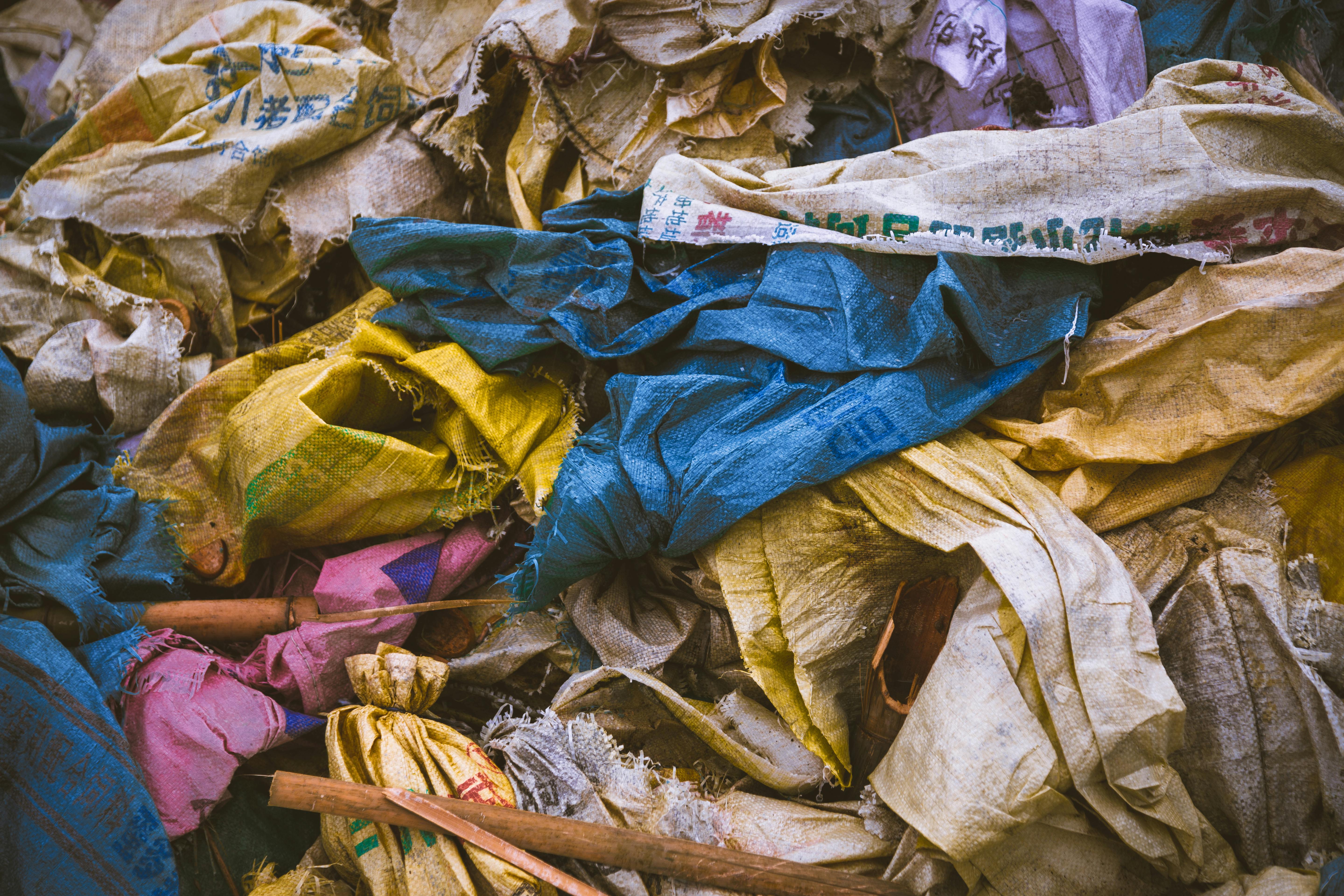

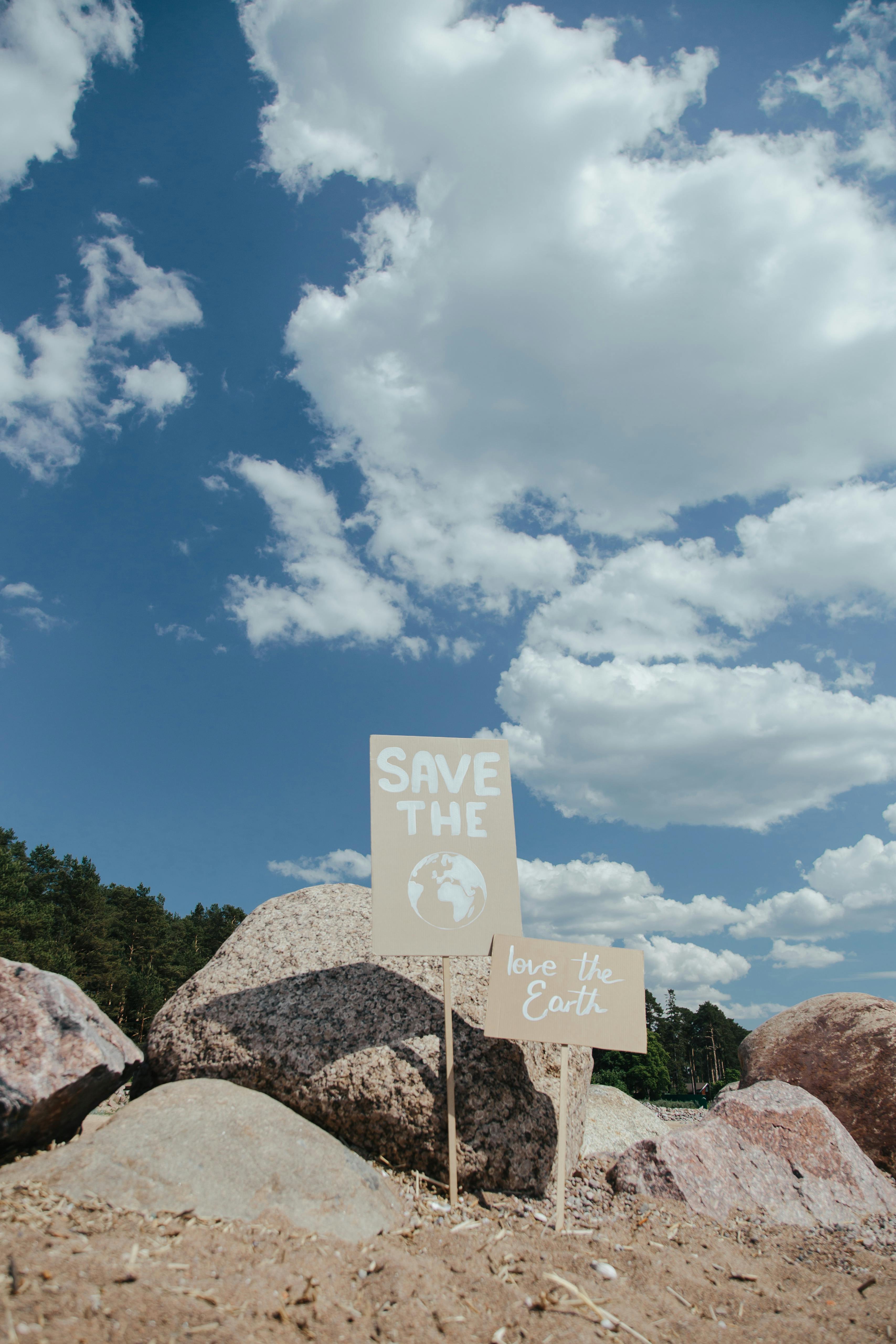
Despite its ambitious framework, FICCA faces several hurdles in achieving its targets.
One of the main challenges is gaining industry-wide buy-in, as while some leading brands have embraced FICCA’s guidelines, convincing the entire industry—particularly small brands and suppliers—to participate remains difficult. Many companies lack the resources or willingness to make the necessary changes, especially when the costs and logistics of implementing sustainable practices become prohibitive.
Financial constraints also pose a significant barrier, as sustainable initiatives such as renewable energy integration and sustainable sourcing require substantial investment. Smaller companies, often operating on tight budgets, may struggle to cover these additional costs, even if they support FICCA’s principles. Monitoring and accountability also remain major concerns, as there are currently limited mechanisms to track each company’s progress and enforce compliance with the charter’s targets. Without clear reporting and monitoring standards, there is a risk of companies ‘greenwashing’ their efforts, giving the appearance of sustainability without taking meaningful action.
That being said, there have been some amazing responses to the FICCA – with the charter mobilising various companies, and most critically, the European Union. In 2023, the European Commission introduced new legislation aimed at improving textile waste management across the entire EU and central to this is the Extended Producer Responsibility (EPR) system, which mandates that apparel companies are responsible for the entire lifecycle of their products, including the costs of managing textile waste. This shows the importance of legislation for achieving actual accountability within the fashion industry, and considering Europe is responsible for approximately 5.8 million tonnes of textile waste annually — it's about time that companies took ownership of the full circularity within their supply chains.
Financial constraints also pose a significant barrier, as sustainable initiatives such as renewable energy integration and sustainable sourcing require substantial investment. Smaller companies, often operating on tight budgets, may struggle to cover these additional costs, even if they support FICCA’s principles. Monitoring and accountability also remain major concerns, as there are currently limited mechanisms to track each company’s progress and enforce compliance with the charter’s targets. Without clear reporting and monitoring standards, there is a risk of companies ‘greenwashing’ their efforts, giving the appearance of sustainability without taking meaningful action.
That being said, there have been some amazing responses to the FICCA – with the charter mobilising various companies, and most critically, the European Union. In 2023, the European Commission introduced new legislation aimed at improving textile waste management across the entire EU and central to this is the Extended Producer Responsibility (EPR) system, which mandates that apparel companies are responsible for the entire lifecycle of their products, including the costs of managing textile waste. This shows the importance of legislation for achieving actual accountability within the fashion industry, and considering Europe is responsible for approximately 5.8 million tonnes of textile waste annually — it's about time that companies took ownership of the full circularity within their supply chains.
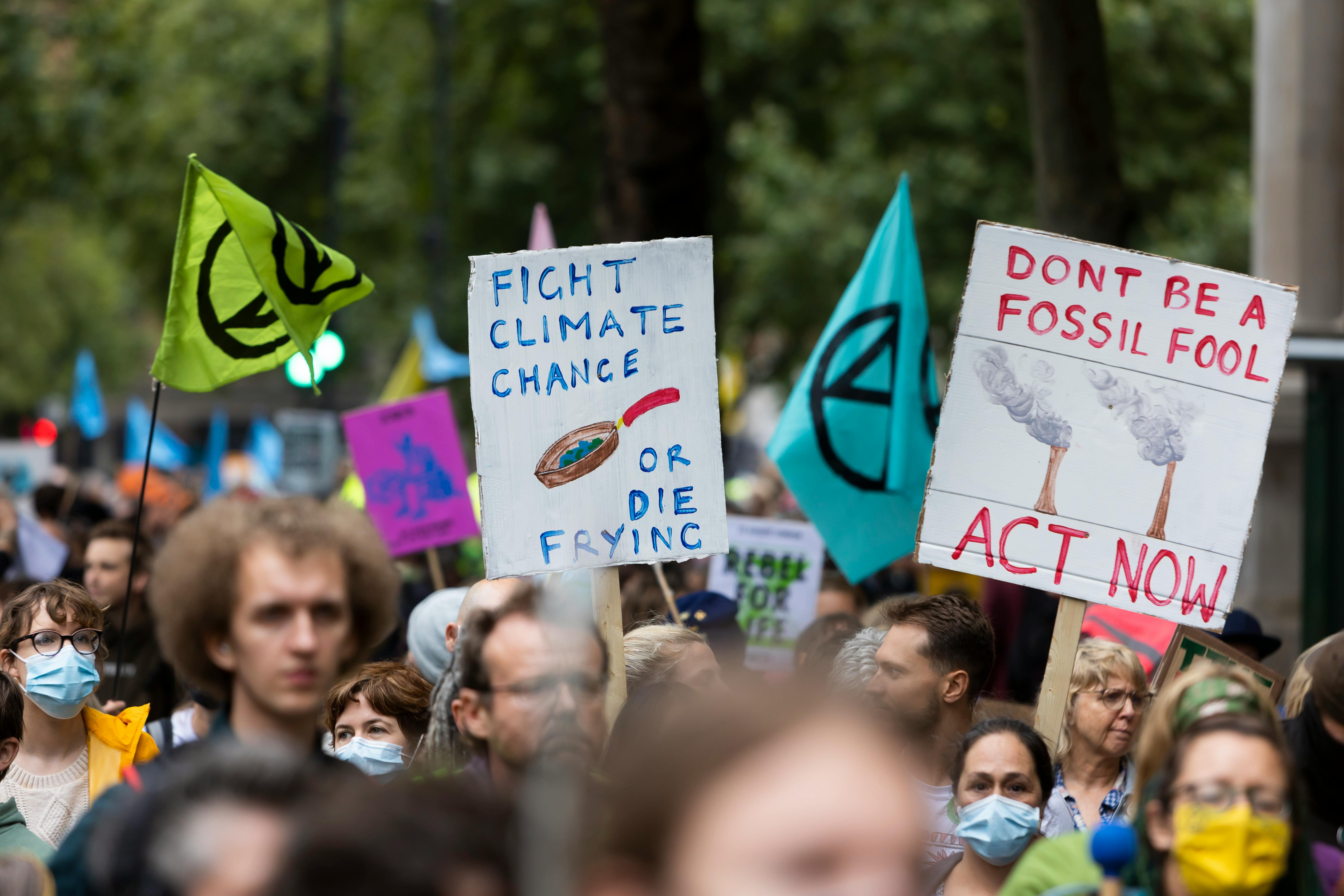
The Fashion Industry Charter for Climate Action is a step in the right direction, though there is still a long way to go.
The future of sustainable fashion depends both on the industry-wide commitment to FICCA’s targets and on the active involvement of consumers, who can drive demand for sustainably sourced and made fashion products.
In the long run, achieving a circular economy and net-zero emissions could radically transform fashion. At Sneaker LAB, we know and hope for this, and we've experienced firsthand the power of collective action in tackling the climate crisis. As a proudly Green Tag certified company, we’re aligned with the ambitious goals that serve as a call to action for the entire fashion world in the FICCA.
If the industry, governments, and consumers work together, there is potential to create a truly sustainable fashion future — and collaboration is truly the key.
In the long run, achieving a circular economy and net-zero emissions could radically transform fashion. At Sneaker LAB, we know and hope for this, and we've experienced firsthand the power of collective action in tackling the climate crisis. As a proudly Green Tag certified company, we’re aligned with the ambitious goals that serve as a call to action for the entire fashion world in the FICCA.
If the industry, governments, and consumers work together, there is potential to create a truly sustainable fashion future — and collaboration is truly the key.

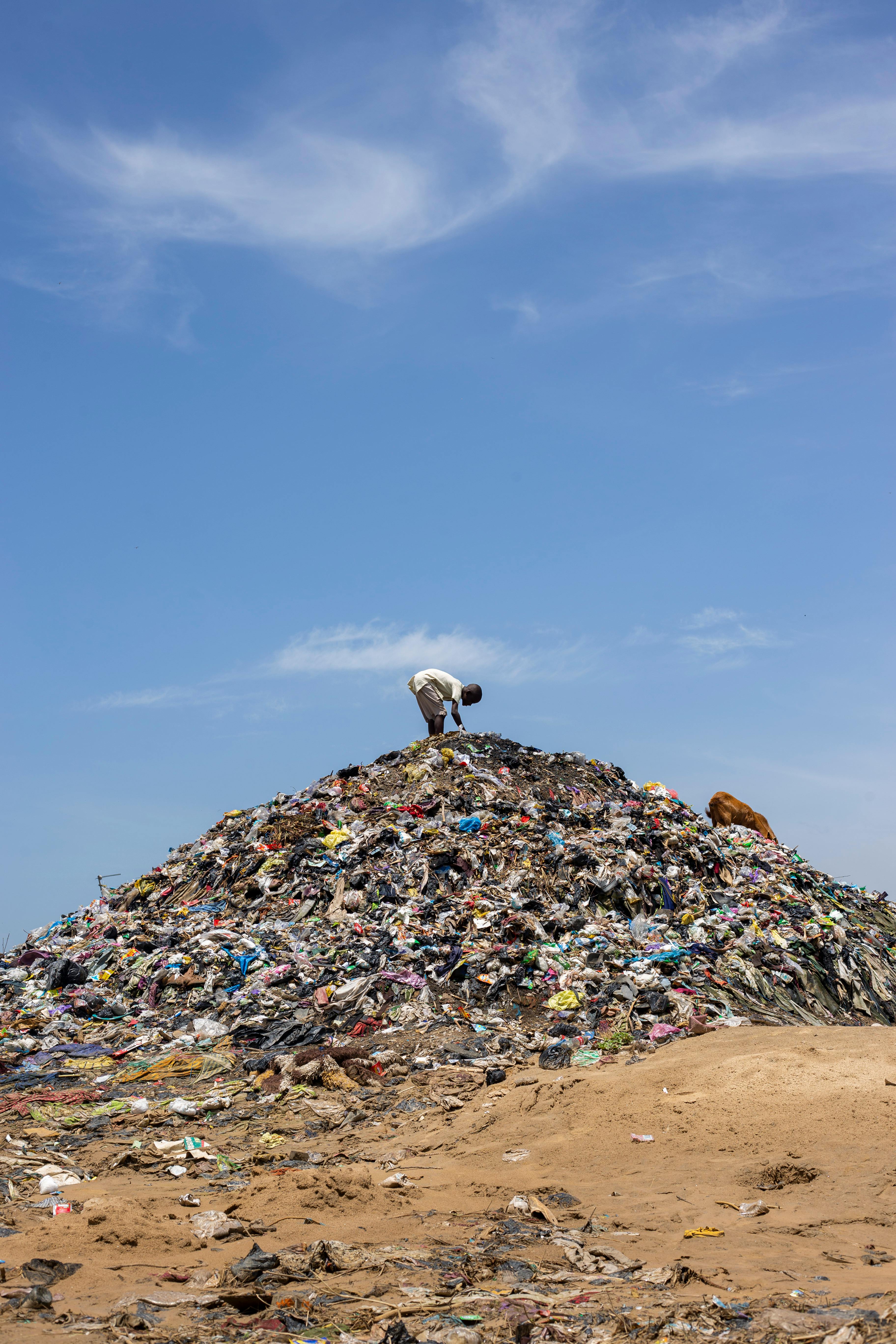
[ Follow ]



